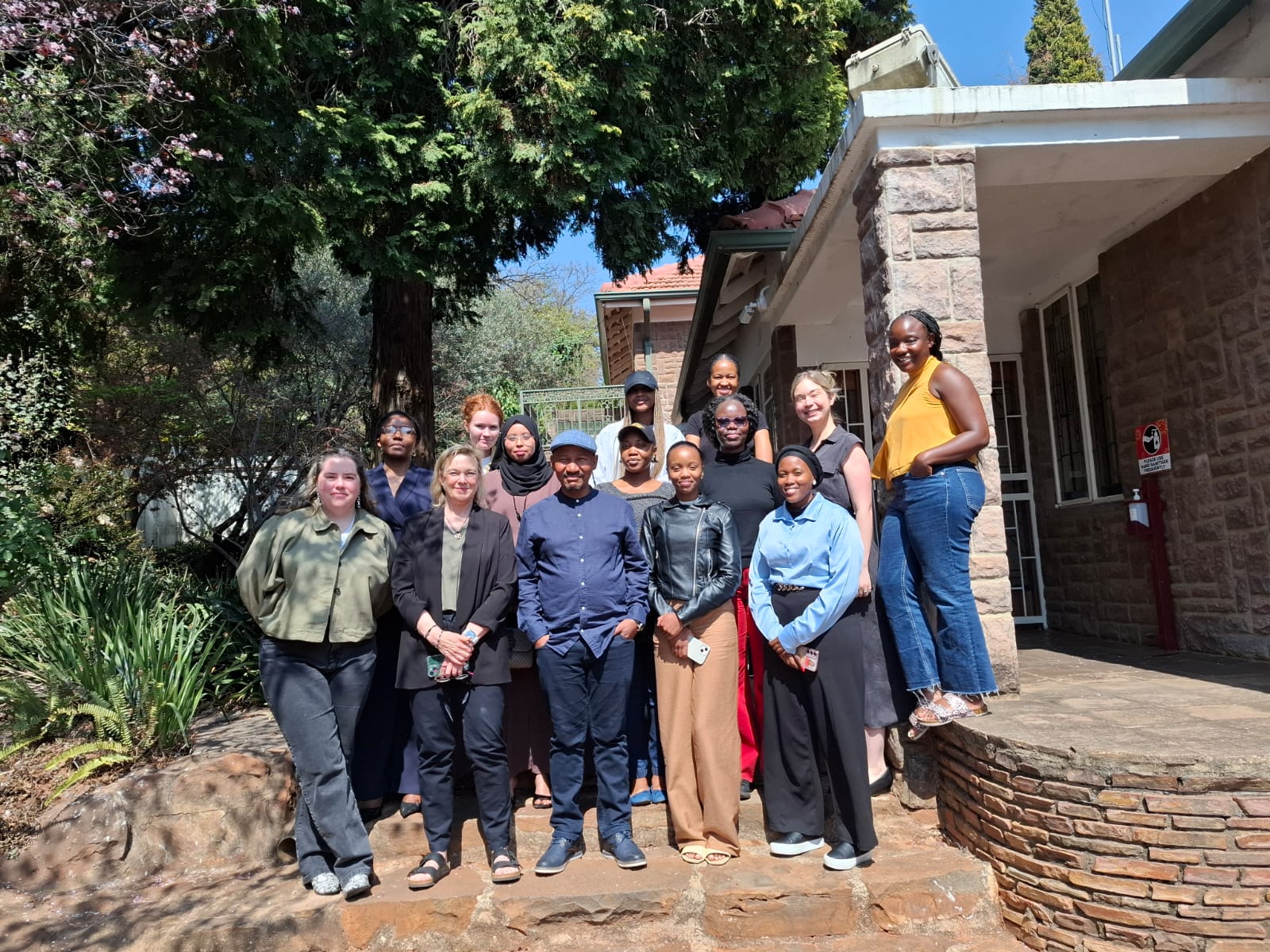Research shows that South Africa has a high rate of gender-based violence (GBV) against women, where men are more often the perpetrators and women and children the victims. According to Statistics South Africa, almost 50% of assaults against women were committed by someone close to them such as a friend or acquaintance, a spouse or intimate partner or a relative or other household member.
The University of Johannesburg takes a Zero-Tolerance stance towards GBV and Femicide. The University endeavours to create a safe and secure environment for its staff and students and encourages the UJ community to report any behaviour that resembles the above definitions and descriptions. This will ensure a safe environment for all students and staff members.
The University is implementing various initiatives to ensure a safe environment for all students and staff members. We encourage the UJ community to report any behaviour that they suspect resembles the definitions and descriptions of GBV. Wathint’ abafazi, wathint’ imbokodo’. Malibongwe!
- Awareness Campaigns: UJ conducts regular awareness campaigns to educate students, staff, and the community about the realities of GBV, its impact, and how to identify and report it.
- Support Services: The university provides support services for survivors of GBV, including counselling through PsyCaD/Employee Wellness, legal support through the ER/Transformation Unit, and medical care through CSHW. These services aim to ensure that survivors receive comprehensive care and support.
- Policy Frameworks: UJ has established policies and protocols to address GBV within the campus community. These policies outline the procedures for reporting incidents, the investigation process, and the consequences for perpetrators. The UJ Policy on Bullying, Harassment, Sexual Harassment and Rape encompasses all the information that students and staff members may need to know more about the available support for them within the institution.
- Training workshops: UJ offers training workshops for students and staff to promote gender equality and educate them on GBV prevention. These sessions include in-depth information on how GBV manifests itself in the daily lives of students and staff members, how it can be reported and how to access relevant support for those who have been harmed.

Understanding bullying, harassment, sexual harassment and rape.
The UJ Policy on bullying, harassment, sexual harassment and rape: Criminal law (sexual and related matters), amendment Act: Protection from Harassment Act 17 of 2011 and Code of Good Practice on Sexual Harassment
Bullying:
Bullying is repeated, intentional behaviour that harms another individual physically, emotionally, or psychologically. It involves an imbalance of power, where the perpetrator uses this power to control or harm the victim. Bullying can take many forms, including:
- Physical: Hitting, kicking, or other physical aggression.
- Verbal: Insults, name-calling, or verbal threats.
- Social: Excluding someone from a group, spreading rumours, or other forms of social isolation.
- Cyberbullying: Using digital platforms to harass, threaten, or humiliate someone.
Harassment:
According to the Protection from Harassment Act 17 of 2011, Harassment is identified as a behaviour that is unwelcome, that demeans, humiliates, or intimidates another person. It can occur in various contexts, including the workplace, educational institutions, and public spaces. Types of harassment include:
- Physical: Unwanted physical contact or intimidation.
- Verbal: Insults, slurs, or offensive jokes.
- Non-verbal: Staring, watching gestures, or displaying offensive material.
Sexual Harassment:
According to the Code of Good Practice on Sexual Harassment, Sexual Harassment is a specific form of harassment involving unwelcome sexual advances, requests for sexual favours, and other verbal or physical conduct of a sexual nature. It can create a hostile or offensive environment and includes:
- Quid Pro Quo: When submission to such conduct is made a condition of employment, promotion, or other benefits.
- Hostile Environment: When such conduct unreasonably interferes with an individual’s work performance or creates an intimidating, hostile, or offensive environment.
Rape:
According to the Criminal Law (Sexual Offences and Related Matters) Amendment Act 32 of 2007, Rape is the unlawful and intentional performance of sexual intercourse or penetration on another, without their consent. It is a violent crime that can have severe physical, emotional, and psychological effects on the victim. Rape involves:
- Lack of Consent: The victim does not give consent or is unable to give consent due to factors like age, mental capacity, or intoxication.
- Force or Coercion: The perpetrator uses force, threats, or manipulation to engage in sexual acts without the victim’s consent.
Key Differences:
- Bullying vs. Harassment: Bullying is often more focused on power dynamics and repeated aggressive behaviour, while harassment can be a single incident and is broader in terms of behaviour types.
- Harassment vs. Sexual Harassment: Sexual harassment specifically involves sexual behaviour, whereas harassment can involve a wide range of behaviours.
- Sexual Harassment vs. Rape: Sexual harassment includes unwelcome sexual behaviour that creates a hostile environment, while rape involves forced sexual intercourse or penetration.



